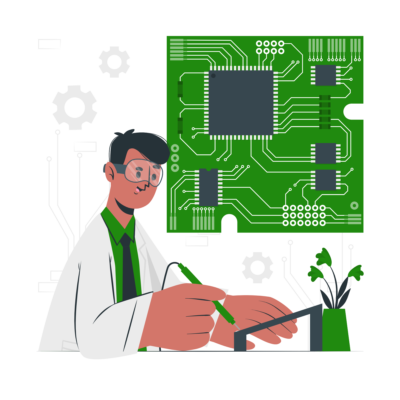Arduino is an open source platform that has their own single board microcontrollers, kits, and Integrated Development Environment (IDE) to build smart devices. Arduino boards are of different types based on size, shape and features such as Nano, Uno, Mini & Mega. Arduino software has a C based programming language that converts the program into assembly code internally and then runs it on the board. The software comes with a compiler, uploader, libraries for the peripheral devices and the code editor.
Features:
- It is an open source platform, for software and hardware
- Ability to perform serial communication with computers using USB
- Only needs 5V to power up
- It can work with Digital and Analog signals, sensors and actuators
- Easy to learn & use
Arduino in daily life
Home Automation
You can build a home automation system using Arduino Uno board and a Bluetooth/WI-FI interface. With software loaded boards, devices like lamps, A/C, DVD players and refrigerators can be controlled through a smartphone. These devices can be interfaced with bluetooth software and be connected to the home devices. Inputs given from the apps commands the processor through bluetooth to operate the device. These systems simplify the domestic use of gadgets and enable better controls.
Public Utility Automation
With Arduino, you can build street lighting & traffic management systems. By reading the inputs provided by the light and temperature sensors, the microcontroller is able to dynamically change the voltages supplied to the lights and adjust their intensity. Arduino controllers along with infra-red sensors help in managing the traffic.
Prototyping a Product
Arduino’s easy-to-program environment, low cost and simple adaptability makes it a good choice for prototyping a product. With its versatile applications, a prototype of a product idea can be easily built on Arduino.
Arduino, as an ecosystem, has helped a lot of builders to innovate and develop products. Just like Arduino, we have also created an ecosystem for anyone who’s interested in product building, where they can explore a career in product engineering, learn the necessary skills through structured courses, apply the knowledge through live projects and earn a placement or funding for their product. Click here to get started on how to become a product engineer.
